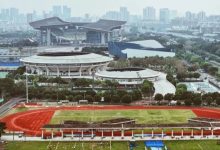[1] Yang, R. (2017). Conservation first, national representative, and commonwealth: The three concepts of China’s National Park System Construction. Biodiversity Science, 25(10), 1040–1041.
[2] Su, Y., & Wang, L. (2015). Relative concepts, policy background and technological difficulty of Pilot National Park System in China. Environmental Protection, 43(14), 17–23.
[3] Ma, T., Swallow, B., Foggin, J. M., Zhong, L., & Sang, W. (2023). Co-management for sustainable development and conservation in Sanjiangyuan National Park and the surrounding Tibetan nomadic pastoralist areas. Humanities & Social Sciences Communications, (10), 321
[4] He, S., Wang, B., Wang, G., & Wei, Y. (2021). Rural livelihood transition and industrial development inprotected areas: Experience and inspiration. Acta Ecologica Sinica, 41(23), 9207–9215.
[5] He, S., Wei, Y., Su, Y., & Min, Q. (2020). Guaranteeing fair and sustainable benefit sharing for communities in the national park: A study from perception of meanings of social-ecological systems. Acta Ecologica Sinica, 40(7), 2450–2462.
[6] Wei, Y., & Lei, G. (2019). From biocenosis to ecosystem: The theory trend of conserving ecosystem integrity in national parks. Journal of Natural Resources, 34(9), 1820–1832.
[7] Gong, X., & Hang, B. (2023). Public welfare evaluation index system of national parks: A case study of the Qinghai-Tibet Plateau National Park Cluster. Biodiversity Science, 31(3), 1–12.
[8] Yang, R. (2021). National park governance system of China: Principles, vision and approaches. Biodiversity Science, 229(3), 269–271.
[9] Cheng, Q., C., Cheng, X., Ma, K., Zhao, X., & Qu, J. (2020). Offering the win-win solutions between ecological conservation and livelihood development: National parks in Qinghai, China. Geography and Sustainability, 1(4), 251–255.
[10] Vanclay, F., Esteves, A. M., Aucamp, I., & Franks, D. (2015). Social Impact Assessment: Guidance for Assessing and Managing the Social Impacts of Projects. International Association for Impact Assessment.
[11] Vanclay, F. (2003). International principles for social impact assessment. Impact Assessment and Project Appraisal, 21(1), 5–12.
[12] National Forestry and Grassland Administration of China. (2020). Technical regulations for the national park master plan (LY/T 3188—2020).
[13] Chen, J., Ye, J., Liu, T., Chen, W., & Tian, Y. (2022). Construction and evaluation of social impact system in national parks—A case study of Qinling National Park. Chinese Landscape Architecture, 38(4), 20–25.
[14] Yang, R. (2014). Discussions on nine relationships to build a national park and protected area system in China. Chinese Landscape Architecture, 30(8), 5–8.
[15] Yu, P., Zhang, J., Wang, Y., Wang, C., & Zhang, H. (2020). Can tourism development enhance livelihood capitals of rural households? Evidence from Huangshan National Park adjacent communities, China. Science of the Total Environment, (748), 141099.
[16] Zhang, Y., Xiao, X., Zheng, C., Xue, L., Guo, Y., & Wu, Q. (2020). Is tourism participation in protected areas the best livelihood strategy from the perspective of community development and environmental protection?. Journal of Sustainable Tourism, 28(4), 587–605.
[17] Xu, J., Wang, Q., & Wei, J. (2018). Assessment of the contribution to human well-being by ecosystem services in Wolong Natural Reserve from the perspective of local communities. Acta Ecologica Sinica, 38(20), 7348–7358.
[18] Tian, B., Stoffelen, A., & Vanclay, F. (2023). Ethnic tourism in China: Tourism-related (dis)empowerment of Miao villages in Hunan Province. Tourism Geographies, 25(2–3), 552–571.
[19] Chen, Q., Zhang, Y., Zhang, Y., & Kong, M. (2022). Examining social equity in the co-management of terrestrial protected areas: Perceived fairness of local communities in Giant Panda National Park, China. Land, 11(10), 10.
[20] Wang, W., Liu, J., & Innes, J. (2019). Conservation equity for local communities in the process of tourism development in protected areas: A study of Jiuzhaigou Biosphere Reserve, China. World Development, (124), 104637.
[21] Xu, J., & Melick, D. R. (2007). Rethinking the effectiveness of public protected areas in southwestern China. Conservation Biology. 21(2), 318–328.
[22] He, J., & Guo, N. (2021). Culture and parks: Incorporating cultural ecosystem services into conservation in the Tibetan region of Southwest China. Ecology and Society, 26(3), 12.
[23] Jones, N., McGinlay, J., & Dimitrakopoulos, P. G. (2017). Improving social impact assessment of protected areas: A review of the literature and directions for future research. Environmental Impact Assessment Review, (64), 1–7.
[24] Schrekenberg, K., Camargo, I., Withnall, K., Corrigan, C., Franks, P., Roe, D., Scherl, L. M., & Richardson, V. (2010). Social Assessment of Conservation Initiatives: A Review of Rapid Methodologies. International Institute for Environment and Development.
[25] Luo, X., Zhang, S., & Gong, J. (2022). The difference of residents’ perception on tourism impact in National Park System pilot area: Case study of three communities of Shennongjia, Hubei Province, China. Tourism Research, 14(2), 27–40.
[26] Guo, R., Sun, Y., & Yu, H. (2023). Spatial coupling types of Qinghai-Tibet Plateau national park cluster construction and community sustainable development. Acta Ecologica Sinica, 43(14), 1–13.
[27] General Office of the Central Committee of the Communist Party of China, General Office of the State Council. General Plan for Establishing National Park System.
[28] He, Q., Wu, Z., Zhou, W., & Dong, R. (2011). Perception and attitudes of local communities towards wild elephant-related problems and conservation in Xishuangbanna, southwestern China. Chinese Geographical Science, 21(5), 629–636.
[29] Wang, Y. (2014). Multiple values identification based research on the community planning in the national park of China [Doctoral Dissertation]. Tsinghua University.
[30] Wang, Y., & Lu, L. (2014). Community tourism support model and its application based on social exchange theory: Case studies of gateway communities of Huangshan Scenic Area. Acta Geographica Sinica, 69(10), 1557–1574.
[31] Li, D., Zhang, J., Zhao, Y., & Shi, C. (2007). Spatial differentiation of tourism impact based on residents’ perception and attitude—A case study of Sanhe Town, Anhui Province of China. Scientia Geographica Sinica, 27(4), 602–608.
[32] Yin, S., & Liu, Y. (2013).Difference and mechanism of residents’ perceptions and attitudes adjacent to scenic spot: A case study of Tangkou Town, Huangshan City. Scientia Geographica Sinica, 33(4), 427–434.
[33] Interorganizational Committee on Guidelines and Principles for Social Impact Assessment. (1995). Guidelines and principles for social impact assessment. Environmental Impact Assessment Review, 15(1), 11–43.
[34] Becker, H. (1997). Social Impact Assessment: Method and Experience in Europe, North America and the Developing World (p.22). UCL Press.
[35] Esteves, A. M., Franks, D., & Vanclay, F. (2012). Social impact assessment: The state of the art. Impact Assessment and Project Appraisal, 30(1), 34–42.
[36] Jones, N., Graziano, M., & Dimitrakopoulos, P. G. (2020). Social impacts of European Protected Areas and policy recommendations. Environmental Science & Policy, (112), 134–140.
[37] Bennett, N. J., Di Franco, A., Calò, A., Nethery, E., Niccolini, F., Milazzo, M., & Guidetti, P. (2019). Local support for conservation is associated with perceptions of good governance, social impacts, and ecological effectiveness. Conservation Letters, 12(4), e12640.
[38] Ward, C., Stringer, L. C., & Holmes, G. (2018). Protected area co-management and perceived livelihood impacts. Journal of Environmental Management, (228), 1–12.
[39] Vanclay, F. (2002). Conceptualising social impacts. Environmental Impact Assessment Review, 22(3), 183–211.
[40] Zhao, Z., & Yang, R. (2021). The concept of national park authenticity and integrity in China and its evaluation framework. Biodiversity Science, (29), 1271–1278.
[41] Zhang, Y., & Yang, R. (2021). Research on the framework of mechanism building of community-based co-management in China’s national park system. Chinese Landscape Architecture, 37(11), 98–103.
[42] Zhu, J., Lu, C., Shi, J., Zhang, L., & Pan, Z. (2019). Diachronic study on the residents’ well-being in natural reserves: A case study of Foping National Nature Reserve, China. Acta Ecologica Sinica, 39(22), 8299–8309.
[43] Meng, Z., Zhang, L., Zhao, M., Tang, T., Xie, C., & Ding, Y. (2022). Analysis on environmental education effects and influencing factors in Tangjiahe Community of Giant Panda National Park. Chinese Journal of Wildlife, 43(4), 1065–1075.
[44] Yuan, J., Wu, Q., & Liu, J. (2012). Understanding indigenous knowledge in sustainable management of natural resources in China: Taking two villages from Guizhou Province as a case. Forest Policy and Economics, (22), 47–52.
[45] Han, F. (2010). Cultural Landscape—Filling the Gaps between Nature and Culture. Chinese Landscape Architecture, 26(9), 7–11.
[46] Yang, J. (2022). Study on the evaluation index system of community co-management effectiveness of nature reserves from the perspective of farmers—Taking Tangjiahe and Baishuijiang National Nature Reserves as an example [Master’s thesis]. Sichuan Academy of Social Sciences.
[47] Guo, Y., Zhou, Y., & Liu, Y. (2020). Spatial-temporal evolution of rural population outflow and its mechanism in China. Scientia Geographica Sinica, 40(1), 50–59.
[48] Shi, X., Liu, R., Chen, L., & He, F. (2012). Spatial difference of environmental pollution perception in coal mine area: A case study of Hancheng mine area, Shaanxi Province. Areal Research and Development, 31(4), 146–151.
[49] Zhang, J. (2004). The diagnosis methods in planning and design (15)—Factor analysis. Chinese Landscape Architecture, 20(9), 73–78.
[50] Zhang, Y., Hu, F., Zhang, Y., Du, C., & Brockington, D. (2023). Exploring the relationship between local participation and perceived co-management performance: Evidence from China’s Giant Panda National Park. Global Ecology and Conservation, (45), e02517.
[51] Li, S. (2006). Key issues in socio-economic impact evaluation in the establishment of nature reserves. Rural Economy, (10), 44–45.
[52] Tang, X., Qin, B., & Wu, Z. (2010). Evaluation of tourism impact on agricultural heritage community from residents’ perception—A case study on Ping’an Village Guilin. Journal of Guilin University of Technology, 30(3), 461–466.
[53] Xu, Z., Zhang, J., Wall, G., Cao, J., & Zhang, H. (2009). Research on influence of residents’ place attachment on positive attitude to tourism with a mediator of development expectation: A case of core tourism community in Jiuzhaigou. Acta Geographica Sinica, 64(6), 736–744.
[54] Xu, J., Chen, L., Lu, Y., Fu, B., & Yang, S. (2004). Local people’s responses to policies in Wolong Nature Reserve, Sichuan. Biodiversity Science, 12(6), 639–645.
[55] Wang, Y., & Zhang, Y. (2019). Study on categories and hotspots of community conservation conflicts in China’s Natural Protected Areas: Based on Literature Research. Landscape Architecture, 26(11), 75–79.
[56] Yin, H., Fei, J., & Xie, S. (2011). A perception research on the residents’ benefits of scenic spot from the perspective of ecological tourism—A case study of Wulingyuan scenic zone. Journal of Hunan University (Social Sciences), 25(5), 81–87.
[57] Chen, H., Shivakoti, G., Zhu, T., & Maddox, D. (2012). Livelihood sustainability and community based co-management of forest resources in China: Changes and improvement. Environmental Management, (49), 219–228.
[58] Liu, G., Ge, Y., Li, Y., & Zhang, H. (2022). Impact of ecological compensation on sustainable livelihood capacity of farmers in water source area—Based on the improved DFID livelihood analysis framework. Chinese Journal of Agricultural Resources and Regional Planning, 43(10), 97–109.
[59] Zhou, M. (2013). On the study of enabling farmers’ livelihood change in the context of community based co-management—Taking the case study from Xiao Nuo You Shang Zhai Naban He National Nature Reserve Yunnan Province. Journal of Xiangtan University (Philosophy and Social Sciences), 37(5), 81–86.
[60] Ma, B., Zhao, Z., Ding, H., & Wen, Y. (2018). Household costs and benefits of biodiversity conservation: Case study of Sichuan giant panda reserves in China. Environment, Development and Sustainability, 20(4), 1665–1686.
[61] Zhang, Y., Zhuang, Y., & Yang, R. (2018). Review on the management and planning of National Park System in France. Chinese Landscape Architecture, 34(7), 36–41.
[62] Wang, Y., Zhuang, Y., & Yang, R. (2017). Research on optimization of community planning in National Parks of China—A case study of Jiuzhaigou Valley. Chinese Landscape Architecture, 33(8), 24–29.
[63] Zhang, Y., Zhuang, Y., & Yang, R. (2020). Research on typical models of community-based co-management in worldwide protected areas. Landscape Architecture, 27(3), 18–23.
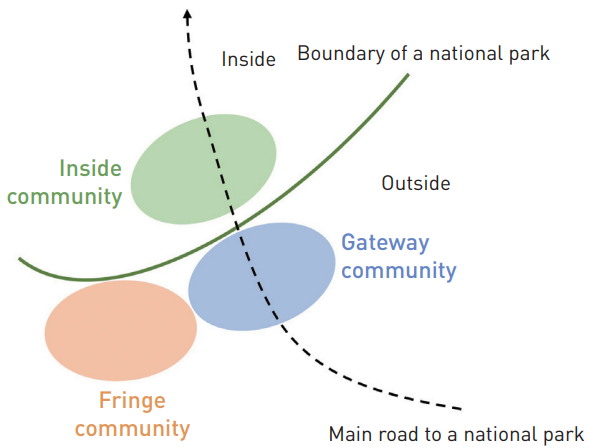
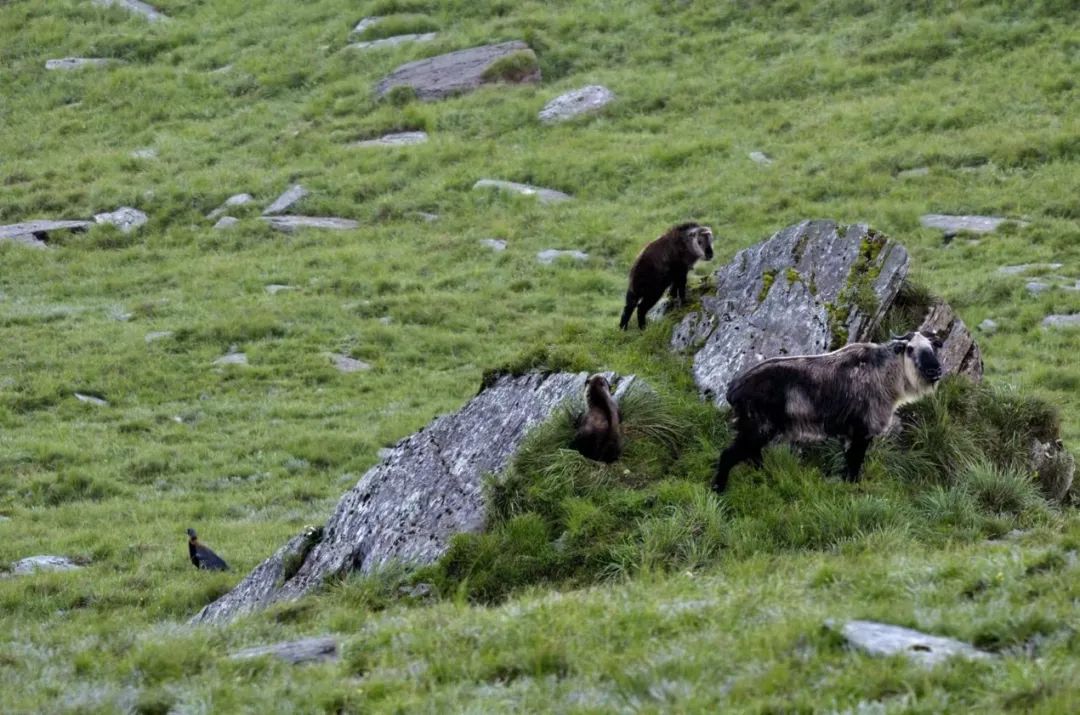
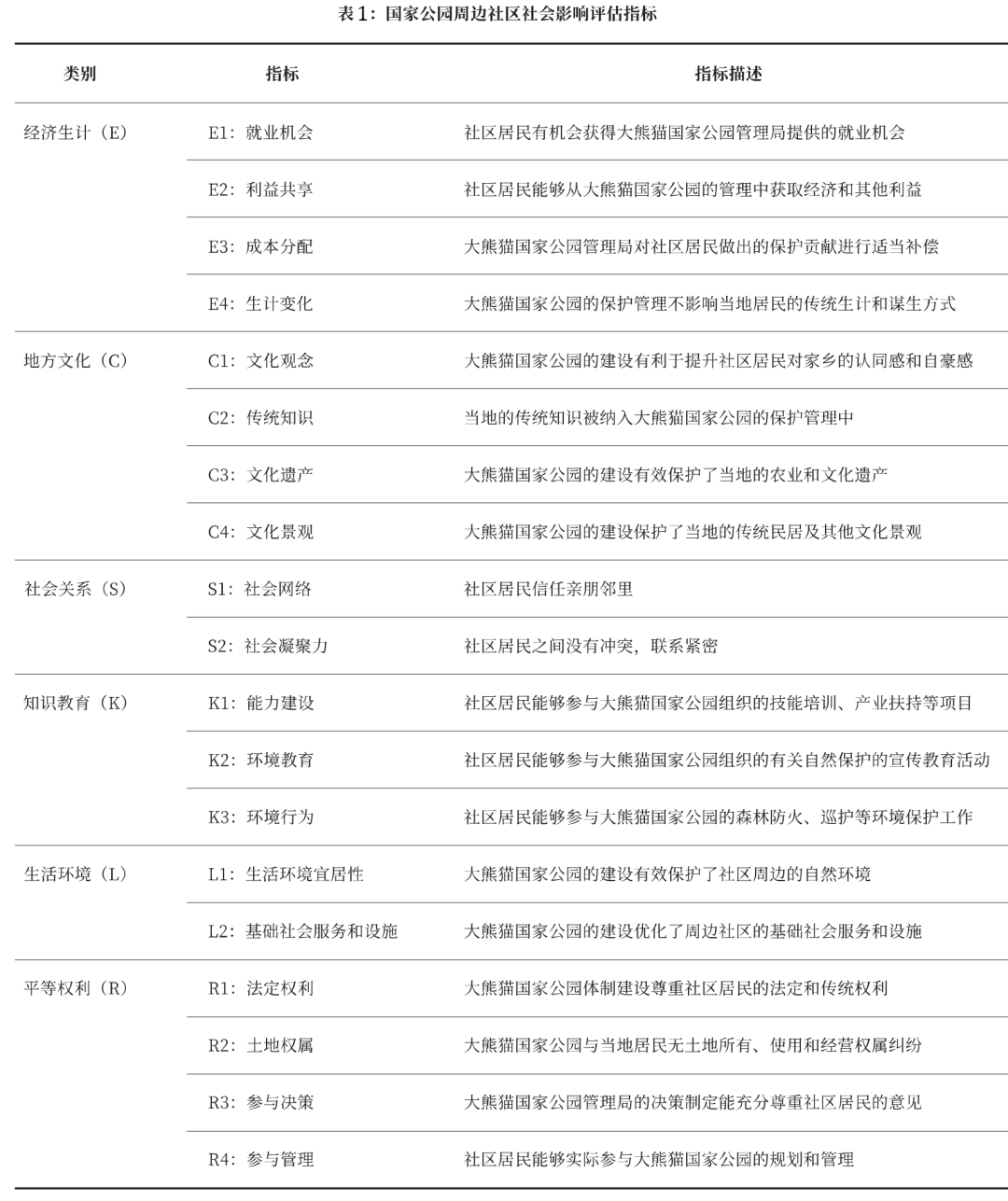

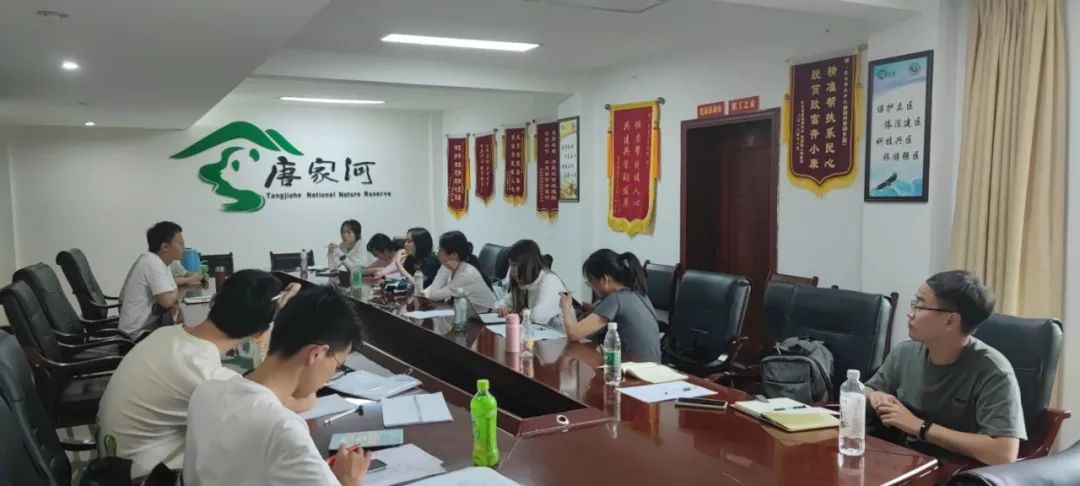
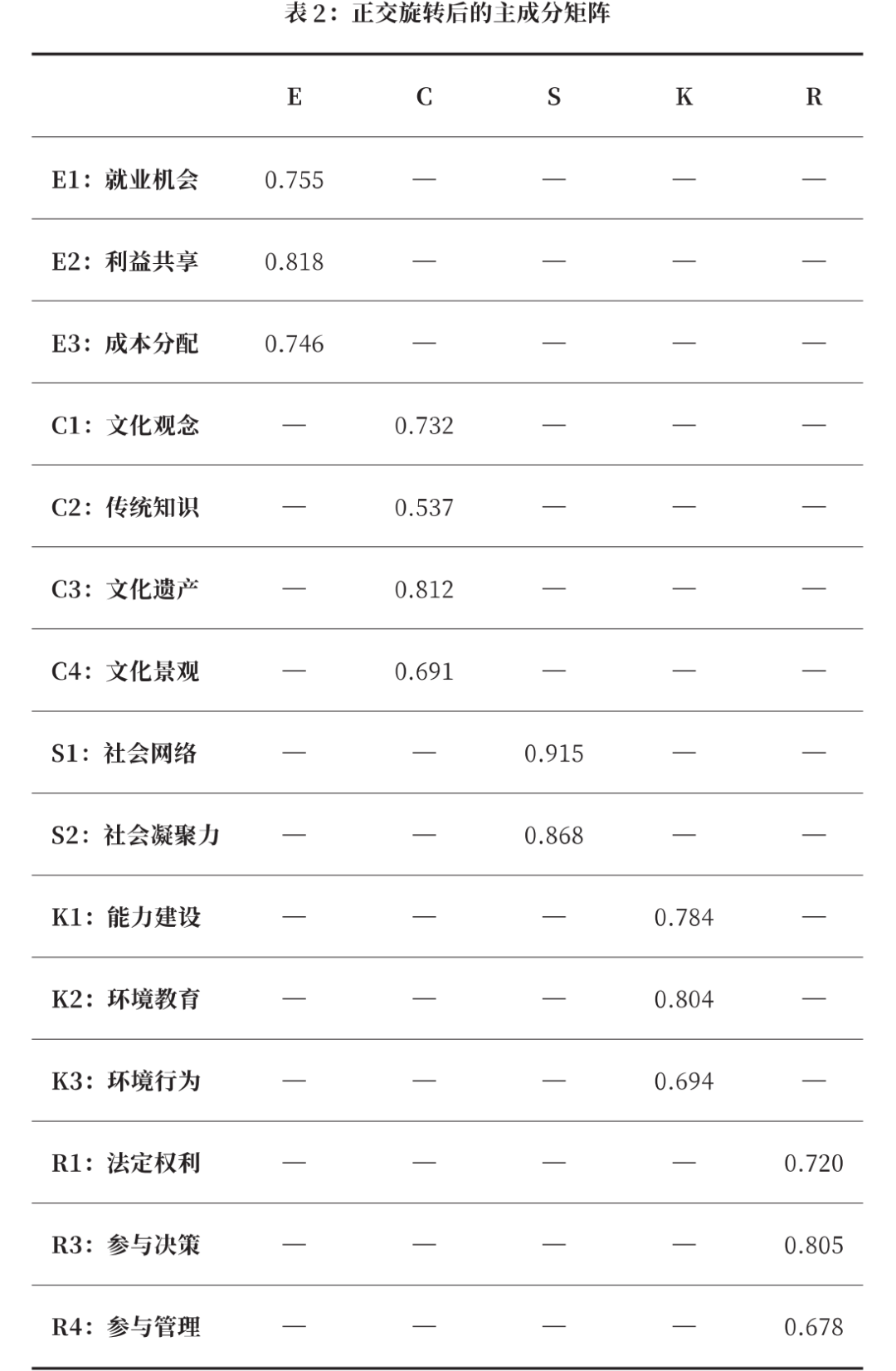
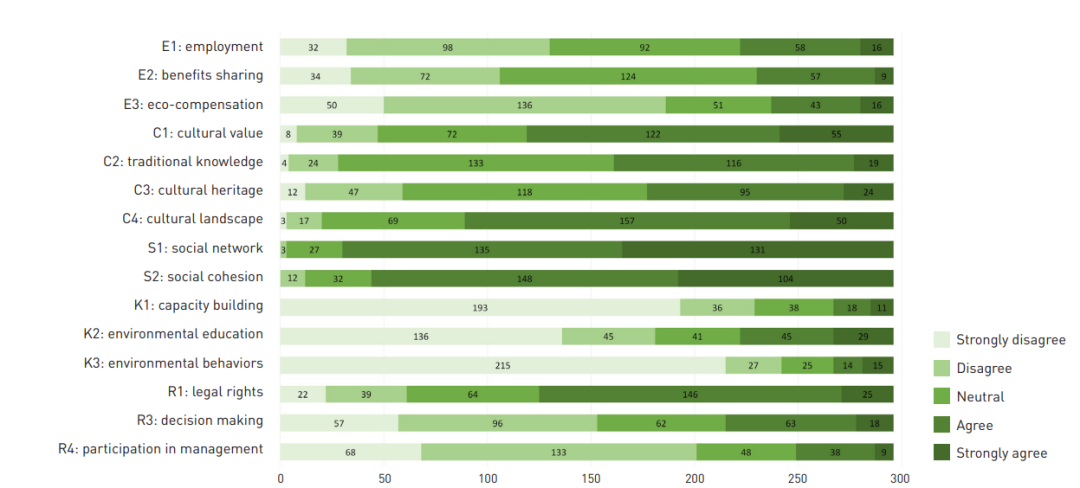
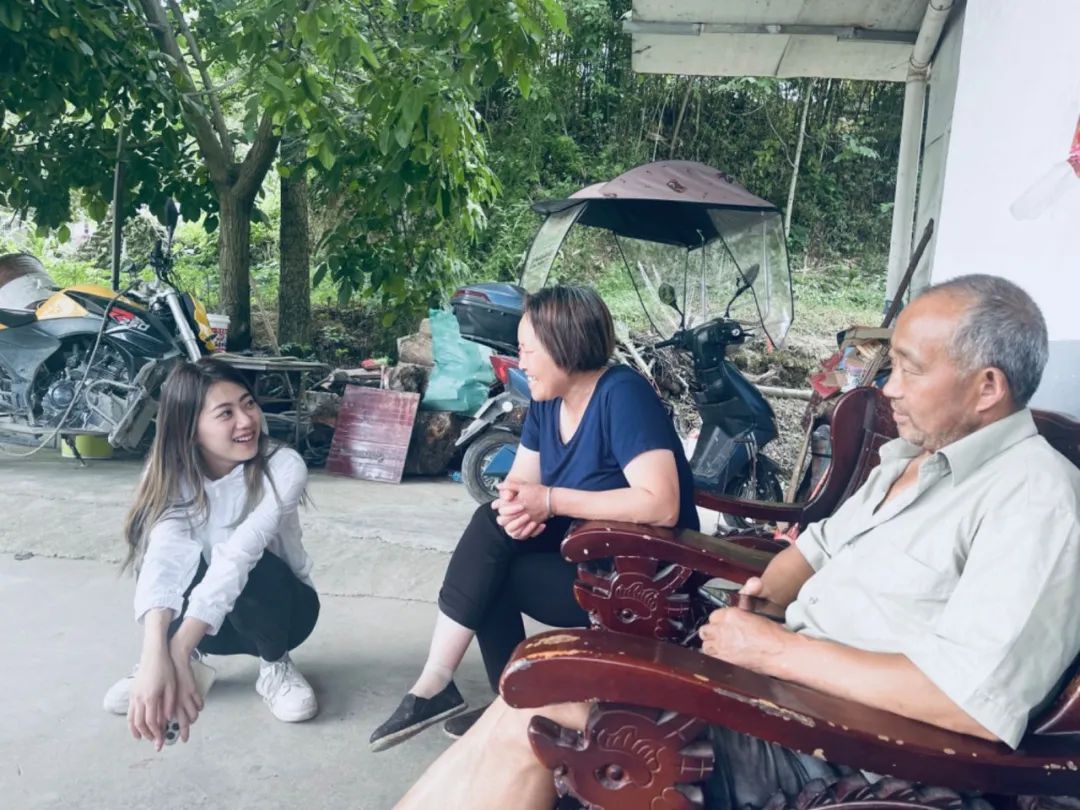
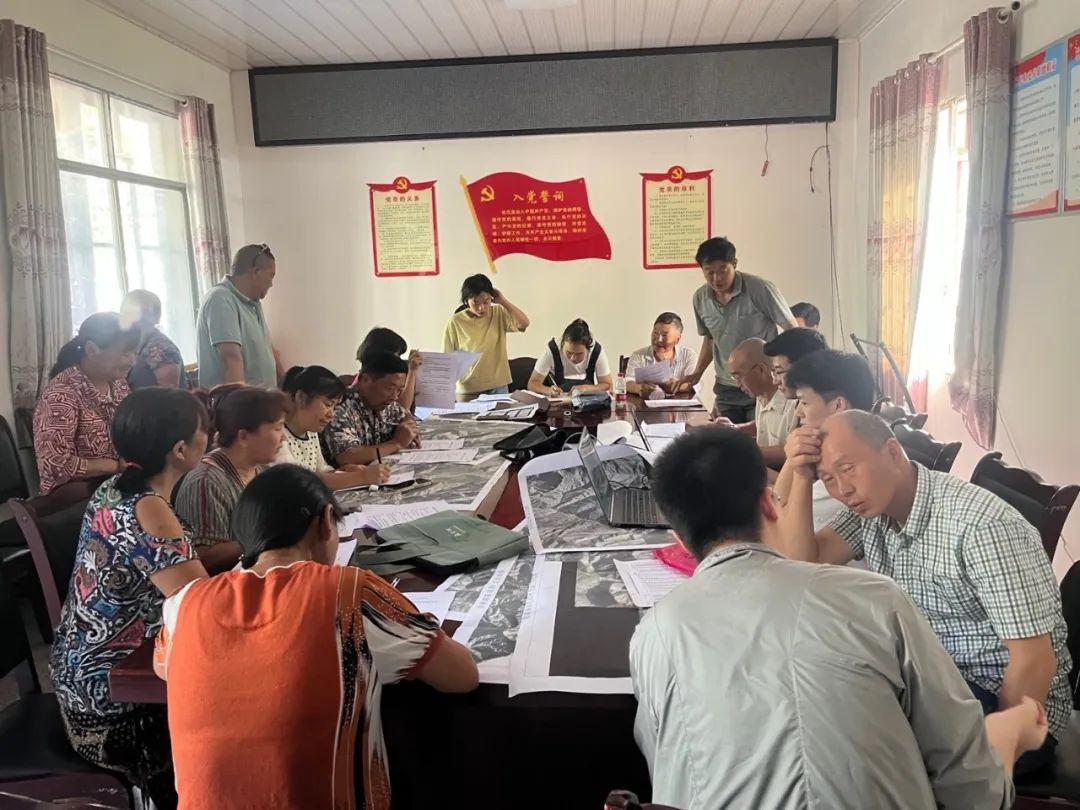
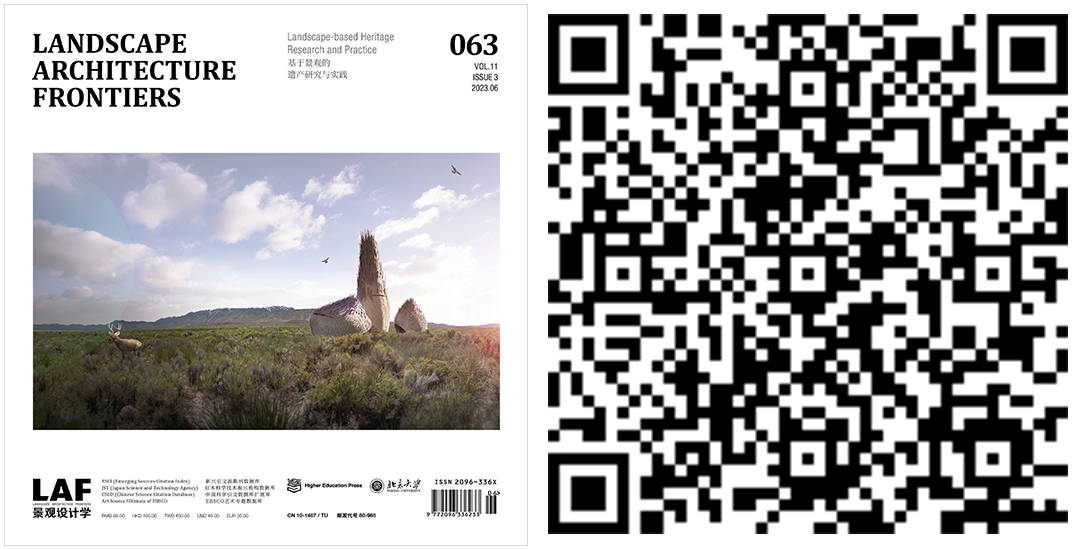


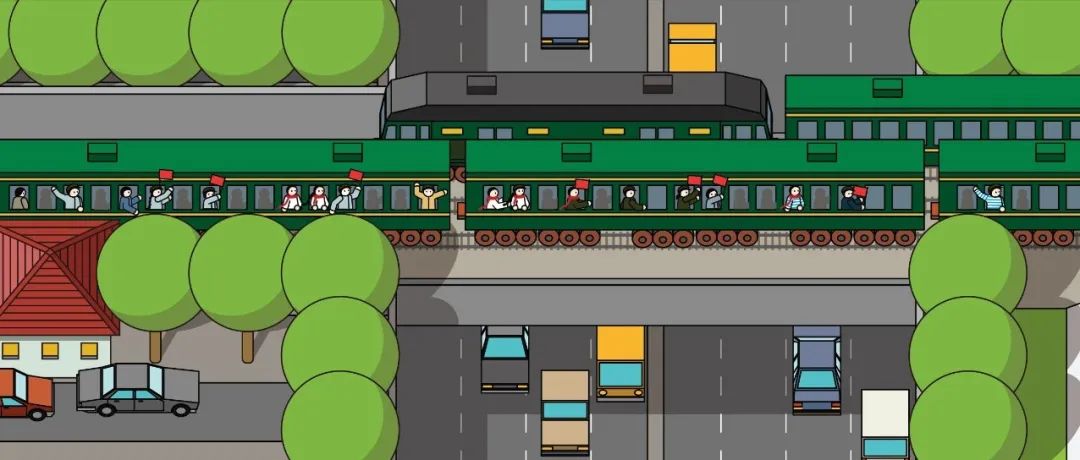



 规划问道
规划问道




